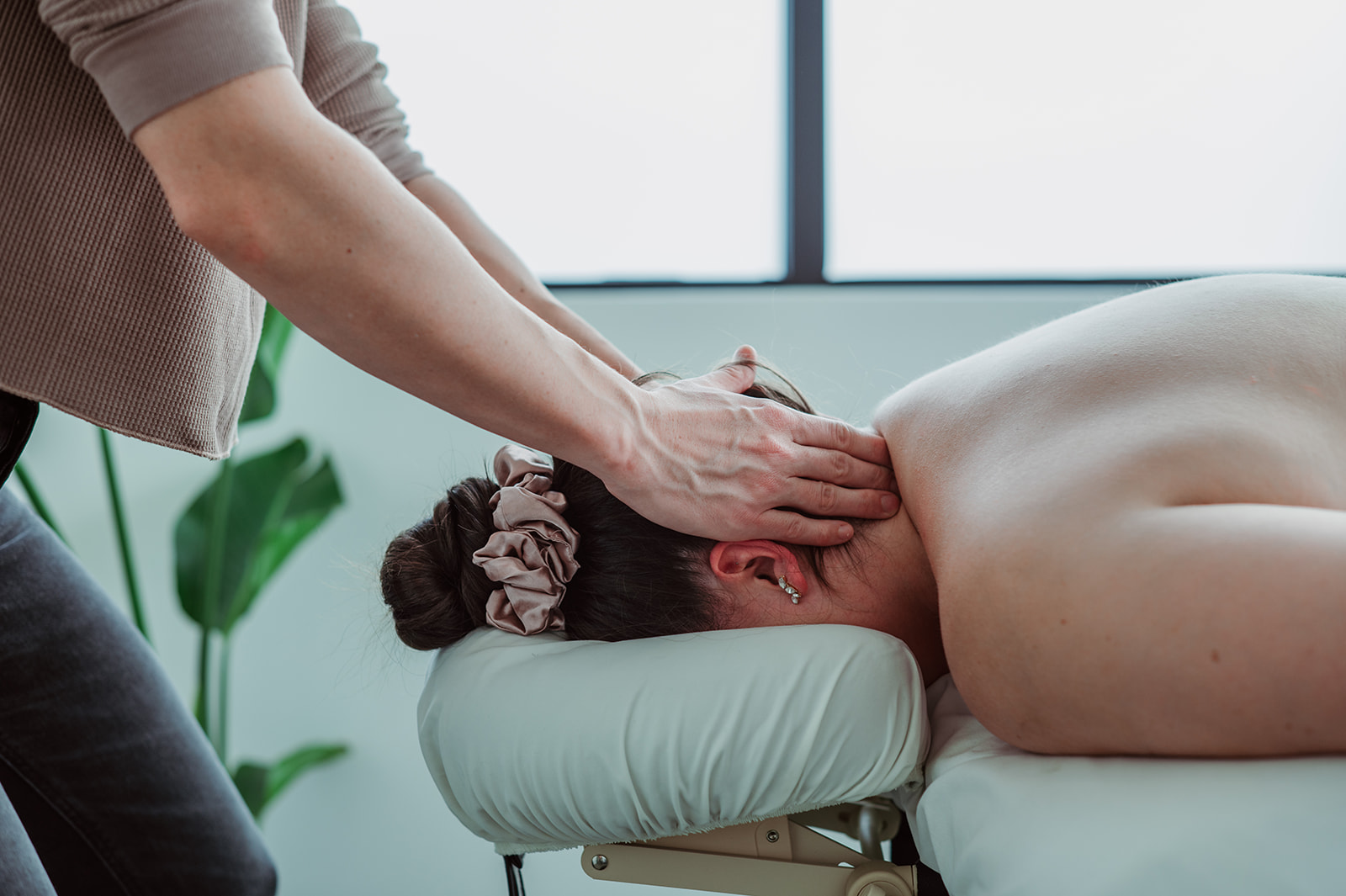Osteopathy is grounded in the principle that the body has an inherent ability to heal itself. By addressing imbalances and restrictions in the body’s tissues, our osteopathic practitioners can help to enhance this natural healing process. Our team of experienced practitioners is committed to providing exceptional care and personalized treatments tailored to your unique needs.

What is an Osteopathic Practitioner?
An Osteopathic Practitioner emphasizes a holistic approach to healthcare, focusing on the body’s musculoskeletal system. They, and prevent illnesses by considering the interrelationship between structure and function, using techniques such as osteopathic manipulative treatment (OMT) to improve mobility and restore health. Osteopathic Practitioners receive specialized training in the body’s musculoskeletal system and its impact on overall health. They often incorporate lifestyle and preventive care advice into their practice to promote long-term well-being.
Types of Osteopathy
Joint Mobilization – the use of gentle, passive movements to restore normal joint function, improve range of motion, and reduce pain. It focuses on addressing joint restrictions and imbalances to enhance overall musculoskeletal health and promote natural healing.
Muscle Energy Techniques – the patient actively using their muscles from a precise position, in a specific direction, against a counterforce applied by the practitioner. This approach helps to lengthen shortened muscles, improve joint mobility, and restore proper function by engaging the patient’s own muscle contractions to facilitate therapeutic changes.
Craniosacral – gentle, hands-on approach that aims to relieve pain and dysfunction and improve whole-body health by focusing on the craniosacral system. This system includes the membranes and cerebrospinal fluid that surround and protect the brain and spinal cord.
Soft Tissue Technique – involves the manipulation of muscles, ligaments, and fascia to relieve tension, improve circulation, and enhance overall mobility. These techniques can include stretching, pressure application, and rhythmic massage to promote relaxation and facilitate the body’s natural healing processes.
Visceral Techniques – focuses on the gentle manipulation of internal organs to improve their function, enhance blood flow, and reduce adhesions or restrictions. By addressing imbalances within the visceral system, these techniques aim to support overall health and alleviate related symptoms.
Rehabilitation & Exercise Programs– involves designing personalized exercise plans to restore function, strength, and flexibility, while preventing future injuries. This approach emphasizes patient participation in tailored activities to support recovery and promote long-term musculoskeletal health.


What can Osteopathy Treat?
An Osteopathic Practitioner treats a wide range of conditions, including musculoskeletal issues such as back pain, joint pain, and sports injuries. They also address systemic health problems like headaches, digestive disorders, and respiratory issues by considering the interconnectedness of the body’s systems. Osteopathic practitioners treat chronic conditions like arthritis and asthma, focusing on improving overall function and quality of life. Additionally, they provide preventive care and lifestyle guidance to help maintain optimal health and prevent future illnesses.
Pediatric Osteopathy
Pediatric osteopathy is a branch of osteopathy focused on treating infants, children, and adolescents. It employs gentle, non-invasive techniques to address various issues related to growth, development, and overall well-being. Our osteopathic practitioner can work to alleviate conditions such as colic, tounge and/or lip ties, sleep disturbances, feeding difficulties, and musculoskeletal problems, often stemming from birth trauma or developmental imbalances. By enhancing the body’s natural ability to heal and function, pediatric osteopathy aims to support optimal physical and emotional development in children, promoting long-term health and wellness.

Meet Our Practitioner.

Completing a Bachelor of Science in Kinesiology (2019) from the University of Calgary; Heather as a strong academic and lifelong learner completed her training as an Osteopathic Manual Practitioner at the Canadian School of Osteopathy in 2024. Passionate about caring for the individual on their healing journey. Heather joins the art and science of healing methods in her current practice, utilizing her genuinely kind and supportive demeanor throughout the patients journey in achieving improved health and wellness. In her personal pursuits, Heather is a proud Shuswap girl who trains in the biomechanics of powerlifting and is passionate about self-care training methods.







